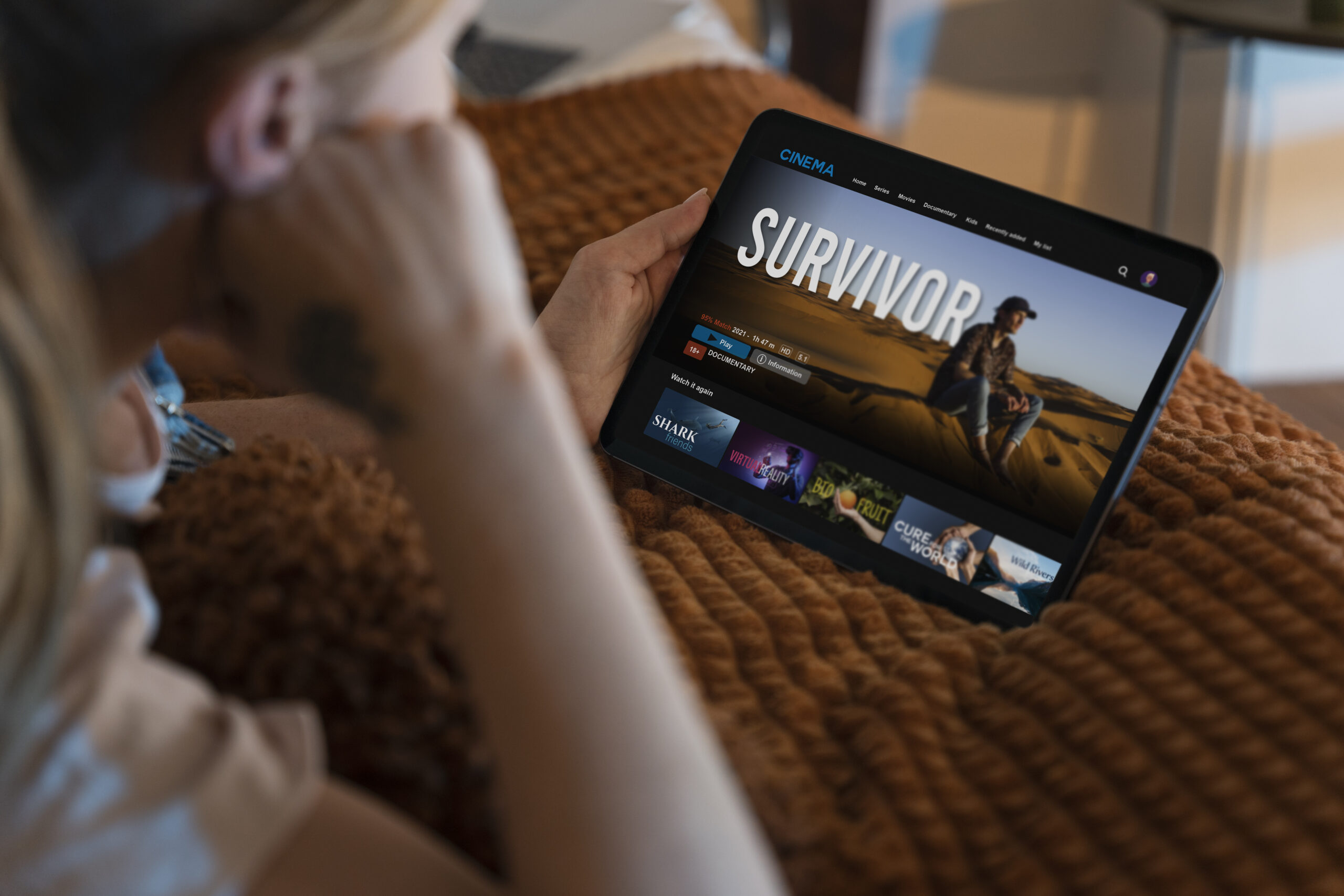India’s Biggest Disaster Skips OTT, Makes TV Debut
In an amazing new development, the eagerly awaited narrative India’s Greatest Catastrophe has circumvented the computerized streaming stages and

In an amazing new development, the eagerly awaited narrative India’s Greatest Catastrophe has circumvented the computerized streaming stages and is set to make its presentation on TV.
The choice has caused a stir inside media outlets, igniting conversations about the elements between conventional TV and the thriving OTT (Beyond ridiculous) stages.
India’s Greatest Calamity accounts perhaps of the most horrendous occasion in ongoing Indian history, digging into the complex subtleties and outcome of the debacle. The narrative, which was at first scheduled for discharge on driving OTT stages, took a sharp diversion towards TV, surprising quite a large number.
The choice to renounce the computerized discharge course was supposedly impacted by a few variables, including the craving to contact a more extensive crowd base and profit by the broad reach of telecom companies the nation over.
Regardless of the developing prominence of OTT stages, TV actually stays a prevailing power in Indian families, particularly in provincial regions where web entrance is generally low.
Besides, the makers of India’s Greatest Calamity accept that TV offers a mutual survey experience that is unrivaled by computerized stages.
Via broadcasting the narrative on TV, they desire to encourage conversations and bring issues to light about the fiasco on a public scale.
The move likewise highlights the developing scene of content utilization in India. While OTT stages have upset the manner in which crowds consume diversion, customary mediums like TV keep on holding influence, especially with regards to mass effort.
Industry specialists have commended the choice as an essential move that might actually expand the narrative’s effect. By taking advantage of the tremendous viewership of TV, India’s Greatest Debacle has the valuable chance to reverberate with a different crowd segment, going from metropolitan twenty to thirty year olds to rustic watchers.
Be that as it may, a few doubters have scrutinized the choice, referring to the restrictions of TV concerning artistic liberty and control. Dissimilar to OTT stages, which frequently offer a more liberal space for content makers, telecom companies are dependent upon stricter guidelines and content rules.
In any case, the makers stay hopeful about the TV presentation of India’s Greatest Catastrophe, communicating trust in the convincing account and strong narration that the narrative offers. With expectation running high, everyone’s eyes are currently on the little screen as crowds get ready to observe the nerve racking story unfurl in their front rooms.
As India’s Greatest Catastrophe plans to make its TV debut, it not just denotes a huge achievement in the domain of narrative filmmaking yet in addition highlights the getting through pertinence of conventional media in an undeniably computerized world. Whether this intense move will be taken care of is not yet clear, however one thing is sure – the excursion of India’s Greatest Debacle is ready to enthrall crowds the country over, each TV screen in turn.
Box Office Disaster:
- “Ganapath” was delivered in performance centers last year and was met with negative surveys. Pundits panned the film’s feeble storyline, disappointing enhanced visualizations, and dull exhibitions.
- The high-spending plan creation supposedly battled to try and recuperate its creation costs, making it a significant monetary dissatisfaction.
OTT Bypass and TV Debut:
- Generally, enormous spending plans Bollywood films that fail to meet expectations dramatically frequently find a second life on OTT stages like Netflix, Amazon Prime Video, or Disney+ Hotstar.
- Nonetheless, “Ganapath” has taken an unforeseen course by totally bypassing OTT stages and debuting on the Sony Max channel.
Reasons Behind the Strategy:
- Limited OTT Appeal: The poor basic gathering and film industry execution of “Ganapath” could have made it an ugly procurement for major OTT stages.
- Recovering Investment: Sony Pictures Organization, which co-delivered the film, may be meaning to recover a portion of their misfortunes by displaying it on their TV station, Sony Max.
- Targeting a Different Audience: TV actually has a more extensive reach in specific socio economics contrasted with OTT stages in India. This methodology may be an endeavor to take advantage of an alternate crowd portion for “Ganapath.”
The rise of Over-the-Top (OTT) streaming platforms has fundamentally changed the way we consume entertainment, particularly movies. Here’s a breakdown of the OTT revolution and its lasting impact:
Shifting from Traditional Media:
- Goodbye Cable Bills: OTT platforms offer subscription-based models, often at lower costs compared to traditional cable or satellite TV packages. This allows viewers more control over their entertainment budget and the freedom to choose specific services that cater to their interests.
- On-Demand Viewing: Gone are the days of fixed schedules and limited channel choices. OTT platforms offer vast libraries of content readily available at your fingertips. You can watch movies whenever you want, wherever you want, on a variety of devices.
A Universe of Content and Choice:
- Diversity and Niche Appeal: OTT platforms cater to a wider range of tastes and interests compared to traditional media. From Hollywood blockbusters to independent gems, foreign language films to classic documentaries, there’s something for everyone. Niche streaming services dedicated to specific genres or cultures have also emerged.
- Originals and Exclusives: Streaming services are increasingly investing in producing original content and acquiring exclusive rights to movies. This allows viewers to discover fresh and unique stories that might not be available elsewhere.
Enhanced Viewing Experience:
- High-Quality Streaming: Many platforms offer movies in high-definition or even 4K resolution, providing a visually stunning viewing experience at home.
- Personalized Recommendations: Some platforms use algorithms to suggest movies based on your viewing history and preferences, helping you discover hidden gems and explore new genres.
- Multiple Profiles and Parental Controls: Many platforms allow for creating multiple user profiles, catering to different tastes within a household. Parental controls enable guardians to restrict access to mature content for younger viewers.
The Future of OTT:
The OTT landscape is constantly evolving, with new players entering the market and existing services expanding their offerings. Here are some potential future trends:
- Interactive Experiences: The integration of interactive elements might allow viewers to influence the storyline or choose different perspectives within a movie.
- Technological Advancements: Improvements in streaming technology and internet speeds could lead to even higher-quality streaming and more immersive viewing experiences.
- Focus on Regional Content: The rise of regional OTT platforms catering to specific languages and cultures is likely to continue, offering even greater diversity in content.
Overall, the OTT revolution has empowered viewers, transformed the entertainment industry, and opened doors to a world of possibilities. With its focus on convenience, affordability, and a vast library of content, OTT is here to stay and will continue to shape how we watch movies for years to come.









